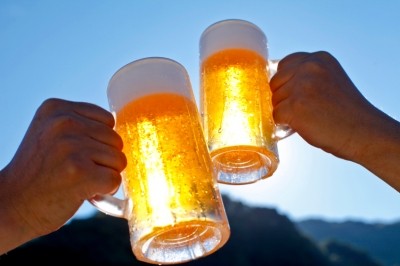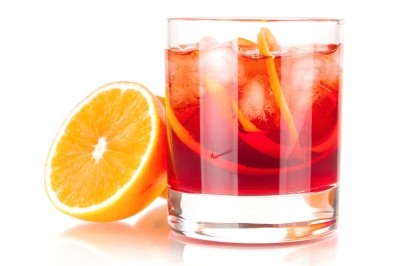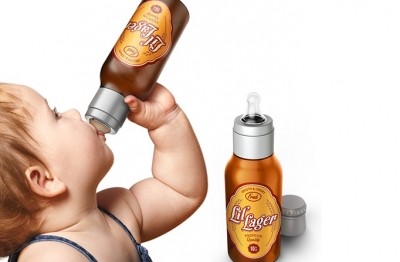'Honey - they're drunk, the kids!' Study links TV alcohol ads to hazardous underage drinking

Writing in JAMA Pediatrics, the authors say the findings are consistent with the idea that industry self-regulation has failed to keep TV alcohol advertising from young people, and consequently its effect on drinking patterns.
Industry self-regulation does not stop underage viewing...
Researchers from Norris Cotton Cancer Center (NCCC) and Children’s Hospital at Dartmouth-Hitchcock (CHaD) carried out telephone and web-based surveys among 2,541 US adolescents and young adults (between the ages of 15 and 23 years at baseline) in 2011 and 2013, with 1,596 completing a follow up.
The surveys asked participants about what they recalled from TV advertising images for top beer and spirits brands that aired nationally in 2010-2011. Researchers then calculated an ‘alcohol receptivity score’ based on whether participants had seen the ad, liked it, and correctly identified the brand.
Fast food ads were also covered with the aim of providing a cross-industry comparison.
Researchers say that – contrary to industry claims – self-regulation does not protect underage youths from seeing alcohol adverts.
Effects specific to alcohol advertizing message?
Underage participants were only slightly less likely than legal drinking age participants to have seen alcohol ads (the average percentage of ads seen were 23.4%, 22.7% and 25.6% for young people ages 15-17, 18-20 and 21-23 years old respectively).
The survey results indicate that a higher ‘alcohol receptivity score’ among underage participants predicted the start of drinking, binge drinking and hazardous drinking. The transition to binge drinking was made by 29% of 15-20 year olds.
In terms of hazardous drinking, this transition happened for 18% of 15-17s and 19% of 18-20 year olds.
“Null findings for fast-food ads suggest that the effects are specific to the messaging contained in alcohol marketing,” co-author Susanne Tanski, said.
“The results were independent of alcohol use among friends and parents, suggesting that the findings are not simply a function of social learning in the peer or home environments; in contrast to industry propaganda on the topic, parental drinking was less robustly associated with drinking than was marketing.”
Cigarette companies voluntarily ended TV ads in 1969
Researchers quote a 2013 study, in which 20.8% of US high school students reported recent binge drinking. They add that underage drinking can contribute to the three leading causes of death: unintentional injury, homicide, and suicide.
“Alcohol producers spend billions of dollars annually marketing alcohol in the US alone,” Tanski said.
“In contrast to cigarette companies, which voluntarily ended TV advertising in 1969, alcohol continues to be actively marketed on television and is subject only to self-regulatory restrictions on ad placement.”
As we noted above, Tanski and her colleagues found that underage participants were only slightly less likely than those of legal drinking age to have seen alcohol ads.
“There was little variation in the percentage of alcohol ads that participants had seen across age groups,” Tanski said.
“This finding independently corroborates the serious questions already raised by others about the effectiveness of voluntary self-regulation guidelines to limit ad placement on television.
“The industry standard directs the alcohol industry to aim for programs ‘where at least 71.6% of the audience is reasonably expected to be 21 years of age or older’, based on Nielsen ratings, a standard that does not limit adolescents from seeing them.”
Title: ‘Cued recall of alcohol advertising on television and underage drinking behavior’
Authors: S. E. Tanski; A.C. McClure; Z. Li; K. Jackson; M. Morgenstern; Z. Li; J.D. Sargent.
Source: JAMA Pediatrics, January 19 2015. doi=10.1001/jamapediatrics.2014.3345








